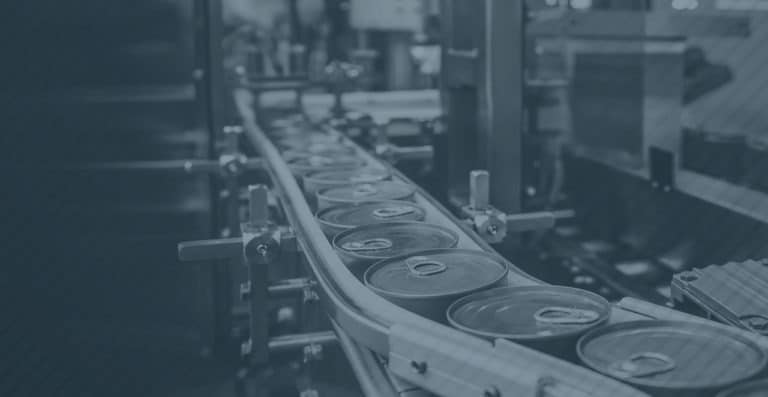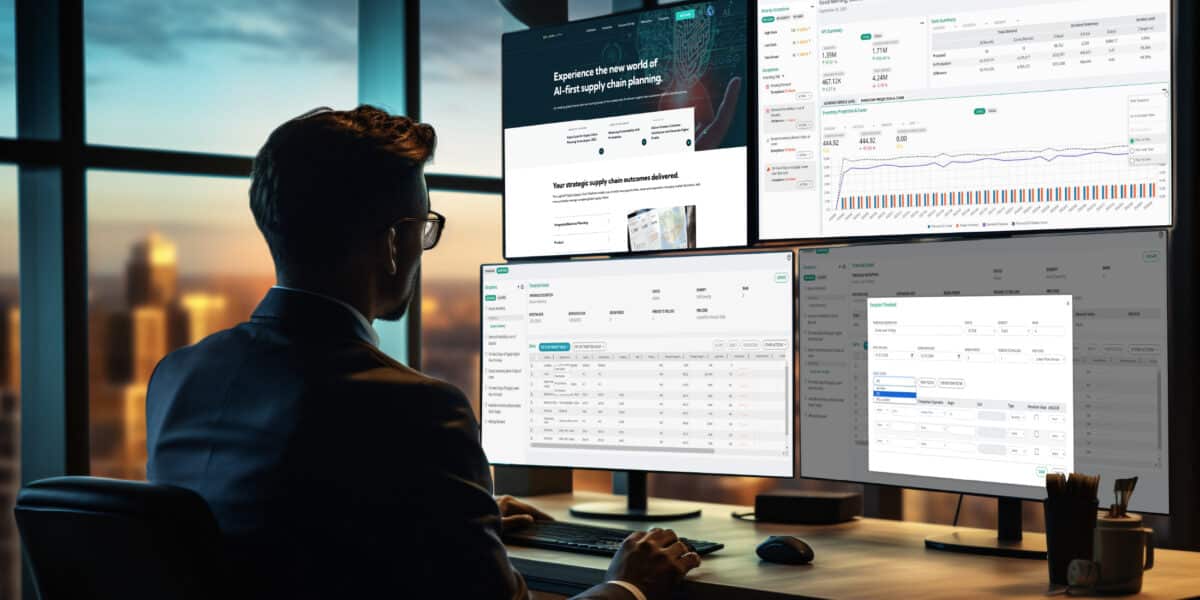
To ensure long-term growth and protect customer loyalty, businesses need to strive for the automation of supply chain planning.
Food and beverage (F&B) industry executives face mounting pressure to keep up with soaring demand. However, the rising costs for ingredients, materials, transportation services, and staff are creating concerns about whether products can be priced carefully enough to satisfy consumers and stay on the positive side of razor-thin margins.
While many companies blame the disruption of rising inflation and supply shortages as the reasons behind recent price hikes, customers are reassessing their spending habits. They’re substituting brand names for private labels, comparing prices across physical and online stores, taking advantage of sales and coupons more often, and even going the extra step to make their own version of pre-packaged goods in the kitchen.
The longer customers incorporate these trade-offs in their shopping habits, the more likely competition among all F&B companies – long-established and lesser-known names alike – will continue to tighten. To ensure long-term growth and protect customer loyalty, businesses need to strive for the automation of supply chain planning – from anticipating emerging demand and optimizing manufacturing capacity to adjusting inventory allocations, minimizing costs, and increasing efficiency when required.
Revealing the True Potential of Supply Optimization
The goal of supply optimization is minimizing total supply costs while meeting demand requirements. Success in this area requires the ability to fulfill market demand through dynamic sourcing, flexible production and manufacturing plans, low distribution costs, and short lead times.
Supply optimization solutions enable planners to consider all constraints, costs, and capacities across the supply chain network and weigh them against current business goals. They can automatically evaluate and compare multiple supply alternatives through simulations and perform various business scenario analyses. Additionally, volumetric and financial information are integrated to assess alternative suppliers, production plants, transportation providers, and storage locations in the context of financial performance.
Uniting All Areas of Sales and Operations Planning
The automation of supply chain planning offers an opportunity to leverage both the tactical and strategic sides of the sales and operations planning (S&OP) process to sense and respond to dynamic market changes faster and with greater flexibility. This form of advanced S&OP is known as integrated business planning (IBP).
IBP enables all stakeholders to create a well-rounded plan by leveraging a multitude of collaborative, cross-functional processes and a blend of volumetric and financial data from sales, marketing, production, procurement, transportation, and finance. By removing organizational and technology barriers, business plans can be aligned and synchronized to deploy investments and resources where they can most effectively impact business goals.
As a result, F&B supply chain organizations require technology specifically designed to evaluate many business scenarios, currencies, and time horizons simultaneously with artificial intelligence (AI). With an holistic platform, they can tap into a combination of collaborative workflows, advanced analytics, and AI to streamline and develop a closed-loop plan automatically. Plus, drill-down data analysis and simulation of potential scenarios for decision-making with weekly, monthly, quarterly, or even yearly reviews introduces the flexibility to consider new insights with greater confidence.
Optimizing Inventory Across Supply Chain Tiers
Multi-echelon inventory optimization (MEIO) provides deeper insight into the challenges of an end-to-end supply chain, including manufacturing, distribution centers, suppliers, and in-transit product movements. By leaving behind traditional methodologies, such as location-by-location and type-by-type planning, companies can discover the best stocking location for their finished goods while minimizing working capital requirements.
F&B companies that leverage an MEIO strategy have reduced their total inventory volume by at least 20% without compromising the quality of their customer service and fill rates. Such results can be attributed to a machine learning-enabled analysis that evaluates storage alternatives against financial impacts in terms of demand variability, supply reliability, and customer needs.
Minimizing Manufacturing Changeovers
As F&B manufacturing processes become more demand-driven, supply chain planners must balance the need to make frequent shifts in their production schedules with their efficiency goals. In most cases, changeovers are among the most challenging constraints to optimize, placing even greater pressure on supply chains to become more agile and quickly respond to market needs.
Planners can minimize adjustments by optimizing product sequences throughout the manufacturing line within a given timeframe. With the right manufacturing planning and optimization solution, they can accomplish this task in the context of distinct characteristics and operating requirements of each plant location.
Advanced manufacturing optimization technology represents an easy-to-understand view of changeovers with a ‘digital twin’, the digital representation of a physical manufacturing environment. Planners can adjust their production sequence with scheduling granularity of hours and minutes, not daily buckets, to pinpoint the best approach to deliver required output with minimal downtime.
Operationalizing Data Makes a Difference
Digitalization – in the form of AI, ‘what-if’ scenario analysis, collaboration, digital twins, and machine learning – presents an opportunity to gain more value from existing technology investments and amplify the quality and speed of everyday decision-making.
More importantly, the growing intelligence offered through the automation of supply chain planning helps protect supply chains from further disruption. So while they accelerate time to market, optimize inventory allocations, lower costs, increase revenue gains, and maintain exceptional customer service, F&B companies not only anticipate the unexpected, but also seize opportunities from it.
Check out another great blog here and learn 6 ways your F&B business can build post-pandemic supply chain resilience.



